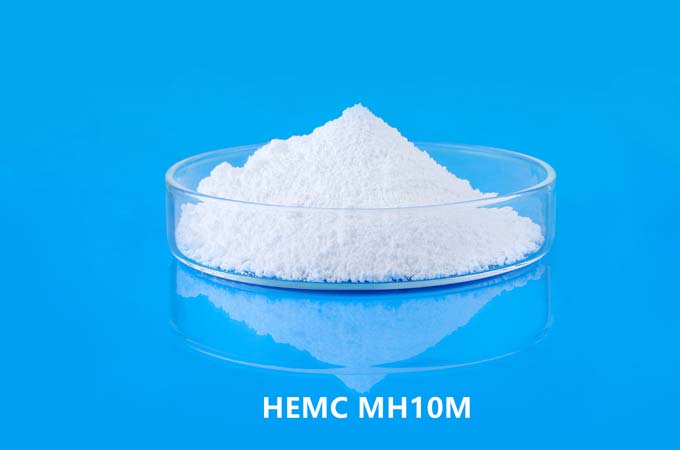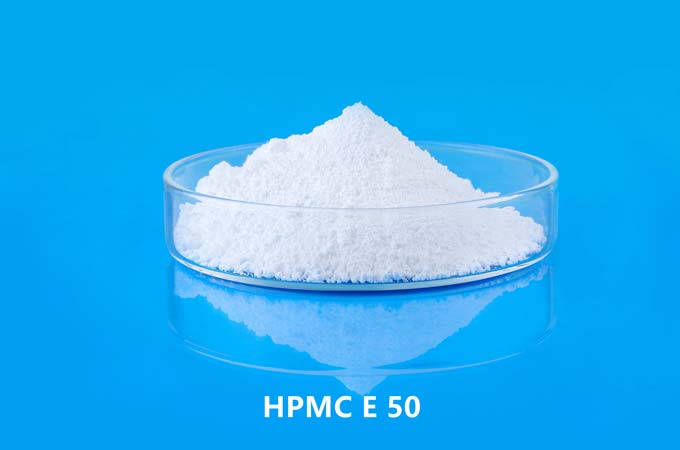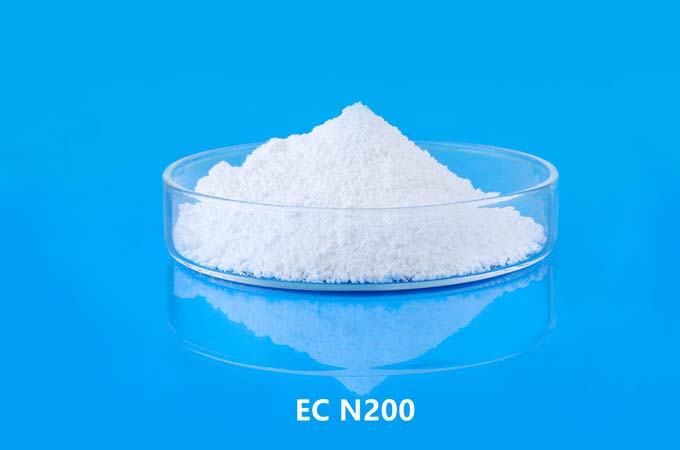Hydroxypropyl methylcellulose (HPMC) is a versatile polymer that finds widespread use in various industries due to its unique properties.
Introduction to HPMC:
Hydroxypropyl methylcellulose (HPMC) is a semisynthetic, inert, and viscoelastic polymer derived from cellulose. It is obtained by modifying natural cellulose through chemical reactions, primarily involving the addition of propylene oxide and methylation. This modification results in a polymer with improved solubility, stability, and rheological properties compared to its parent compound.
Physical Properties of HPMC:
Appearance: HPMC is typically found as a white to off-white, odorless, and tasteless powder. Its appearance can vary depending on factors like molecular weight and degree of substitution.
Solubility: HPMC exhibits solubility in water, forming transparent, viscous solutions at low temperatures. The solubility increases with the degree of substitution and decreases with higher molecular weight.
Viscosity: One of the most significant properties of HPMC is its ability to modify viscosity in aqueous solutions. It forms pseudoplastic solutions, meaning its viscosity decreases with increasing shear rate, making it valuable in applications requiring controlled viscosity.
Film Formation: HPMC can form flexible and transparent films when cast from its solution. The film properties, such as strength and flexibility, can be tailored by adjusting factors like polymer concentration and plasticizers.
Thermal Stability: HPMC exhibits good thermal stability, remaining intact at temperatures below its decomposition point. However, prolonged exposure to high temperatures can lead to degradation.
Chemical Stability: HPMC is chemically stable under normal conditions, exhibiting resistance to acids, alkalis, and most organic solvents. However, it may undergo hydrolysis under acidic or alkaline conditions, leading to a decrease in viscosity.
Surface Activity: HPMC displays surfactant-like properties, reducing surface tension in aqueous solutions. This property makes it useful in applications such as emulsification and foam stabilization.
Chemical Structure:
The chemical structure of HPMC consists of a backbone of repeating glucose units linked by β(1→4) glycosidic bonds. Hydroxypropyl (-CH2CHOHCH3) and methyl (-CH3) groups are attached to some of the hydroxyl (-OH) groups of the glucose units. The degree of substitution (DS) refers to the average number of hydroxypropyl and methyl groups per glucose unit and significantly influences the properties of HPMC.
HPMC Applications:
Pharmaceuticals: HPMC is widely used in pharmaceutical formulations as a binder, film former, thickener, and sustained-release agent in tablets, capsules, ointments, and suspensions. Its non-toxicity, biocompatibility, and ability to modify drug release kinetics make it a preferred choice in drug delivery systems.
Construction: In the construction industry, HPMC is utilized as a water-retaining agent, thickener, and binder in cement-based products such as mortar, tile adhesives, and grouts. It improves workability, adhesion, and reduces sagging in vertical applications.
Food Industry: HPMC serves various functions in the food industry, including stabilizer, thickener, emulsifier, and bulking agent in products such as dairy, sauces, desserts, and bakery items. It improves texture, viscosity, and shelf-life stability without altering taste or odor.
Personal Care Products: HPMC is incorporated into personal care products like lotions, creams, shampoos, and cosmetics as a thickening agent, film former, and emulsifier. It enhances product consistency, spreadability, and provides a smooth, non-greasy feel.
Paints and Coatings: In the paints and coatings industry, HPMC functions as a thickener, stabilizer, and rheology modifier, improving paint flow, brushability, and reducing splattering. It also enhances pigment dispersion and film formation properties.
HPMC Synthesis:
The synthesis of HPMC involves several steps, including etherification and methylation of cellulose. The process typically begins with the alkaline treatment of cellulose fibers to increase their reactivity. Subsequently, propylene oxide is added to introduce hydroxypropyl groups, followed by methylation using methyl chloride to introduce methyl groups. The resulting product is then purified and dried to obtain HPMC with the desired properties.
Hydroxypropyl methylcellulose (HPMC) is a multifunctional polymer with a wide range of applications across various industries. Its unique combination of properties, including solubility, viscosity modification, film-forming ability, and chemical stability, makes it a valuable ingredient in pharmaceuticals, construction materials, food products, personal care items, and paints/coatings. Understanding the properties and applications of HPMC is essential for optimizing its usage in diverse formulations and products.
 English
English 日本語
日本語 français
français Deutsch
Deutsch Español
Español italiano
italiano русский
русский português
português العربية
العربية Türkçe
Türkçe Nederland
Nederland



